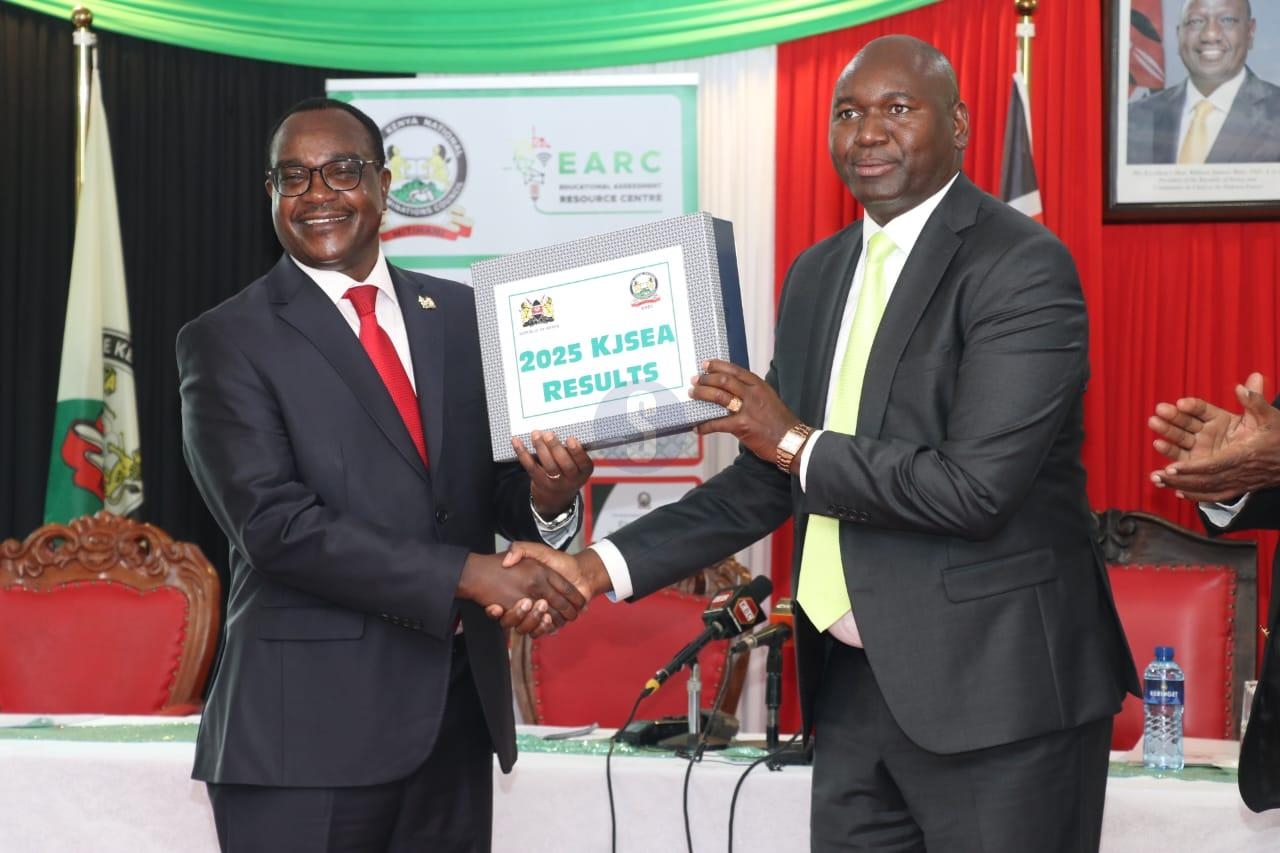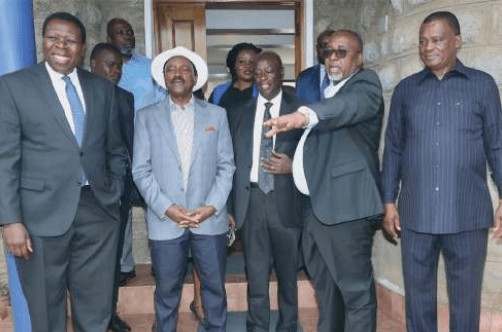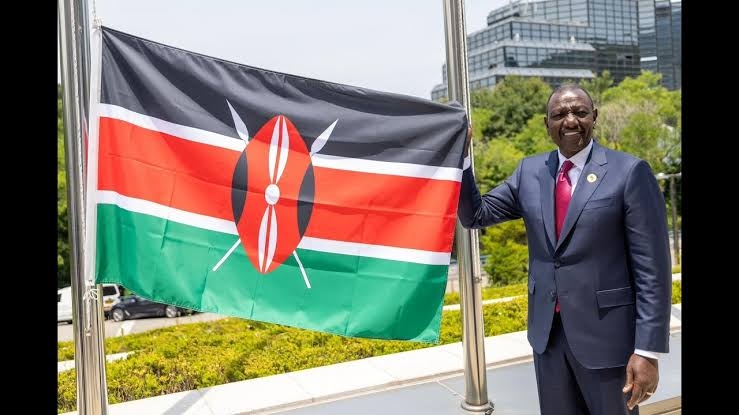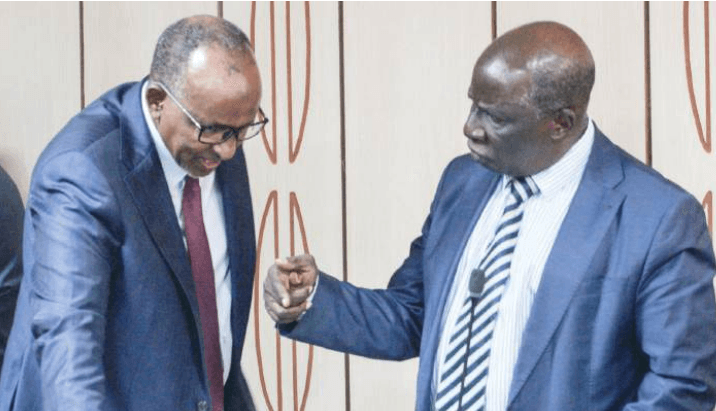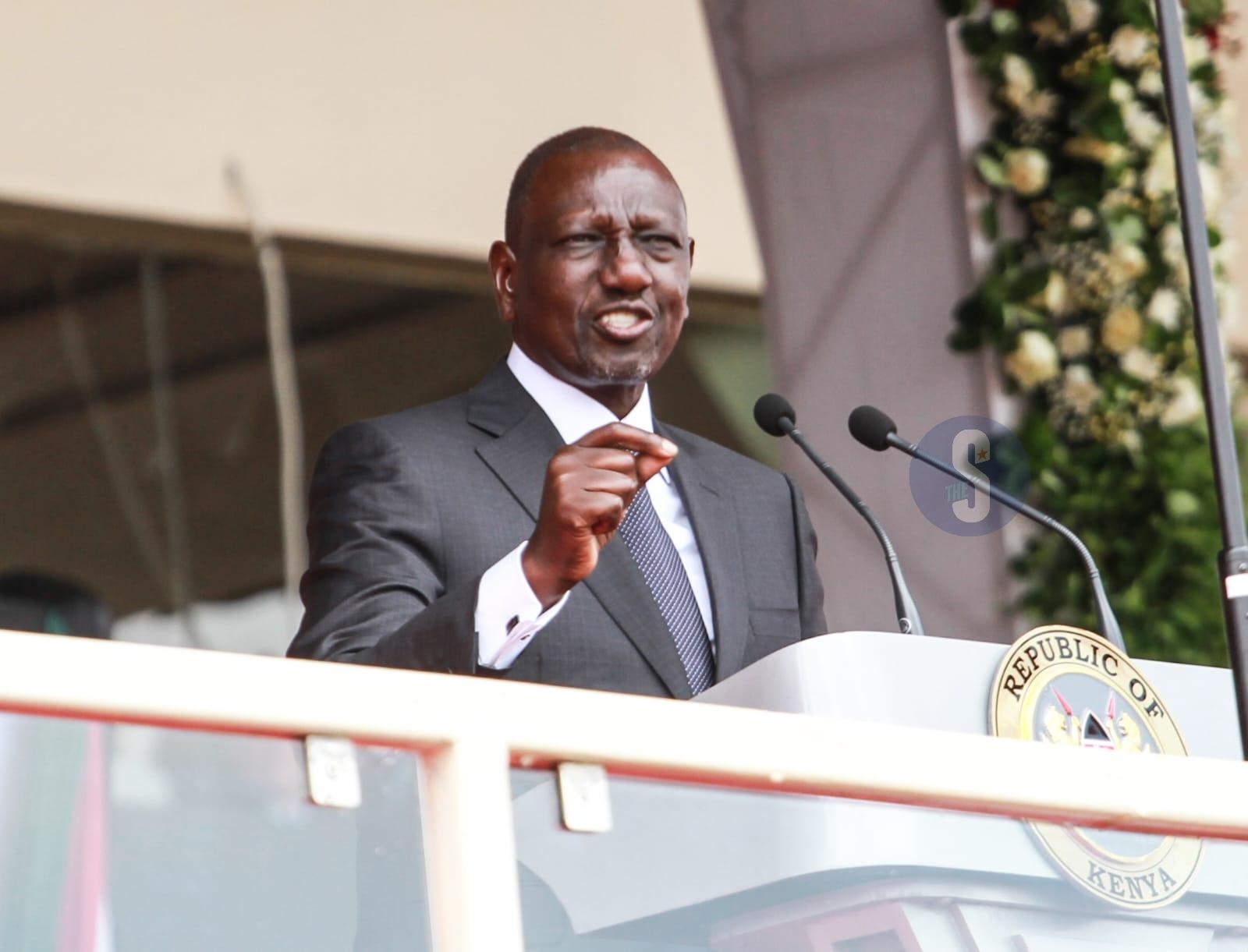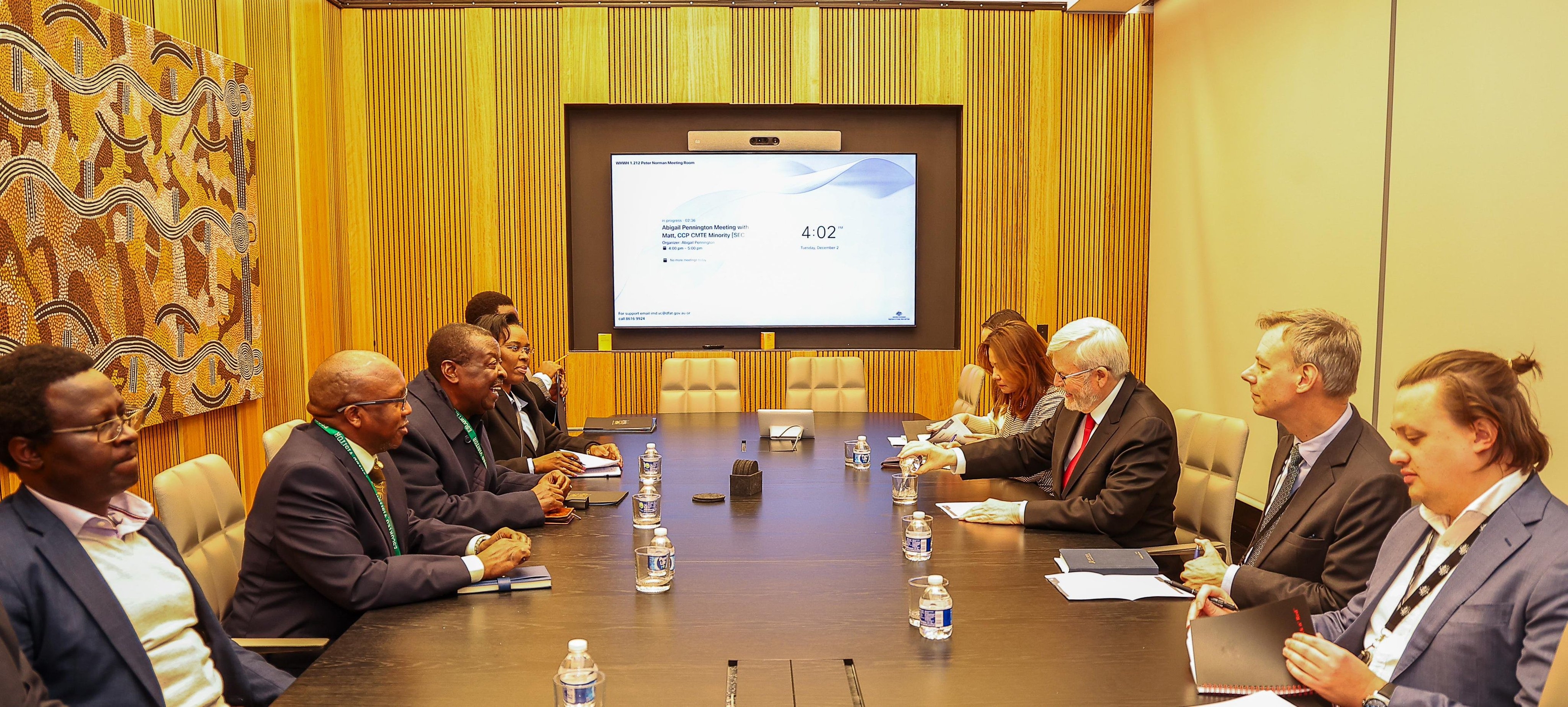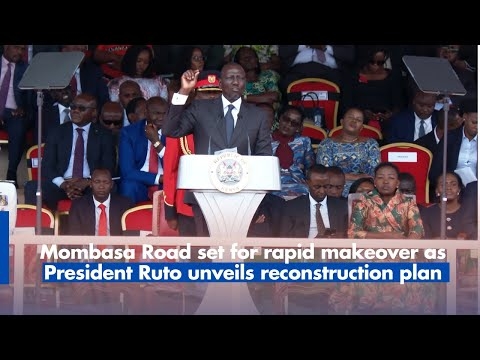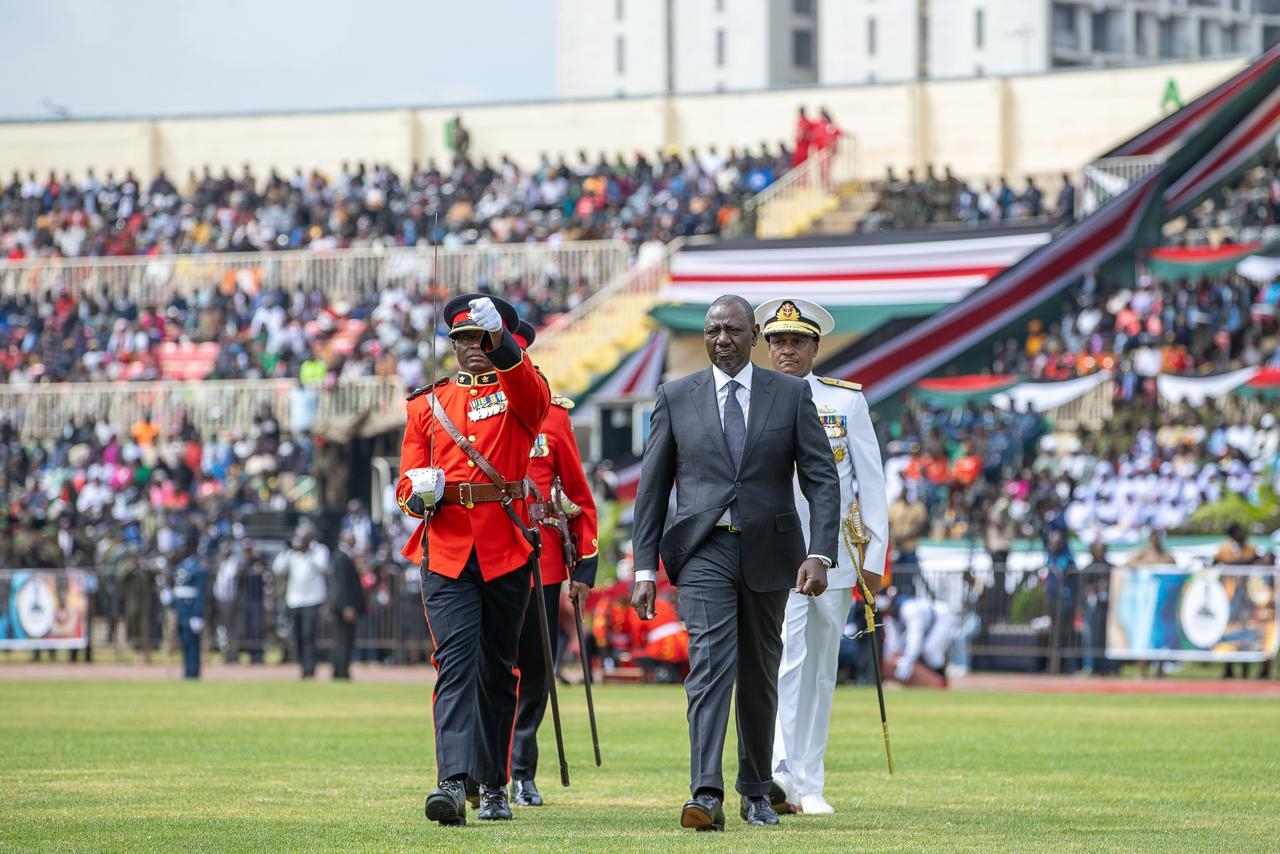The continued expansion of the country’s road network, budget shortfalls coupled with the inflation environment left the government with no option but to adjust upwards the Road Maintenance Levy, ministry data depicts.
This, as the value of the road asset in the country increases to about Sh4 trillion, making it one of the largest public investments in Kenya.
According to a detailed document by the Roads and Transport Ministry, inflationary environment and Kenyan shilling’s value depreciation to the dollar, continued to impact on construction materials used in road works, majority being imported.
This is over the last eight years from the last time the levy was adjusted, in 2016, when it went up from Sh12 to Sh18 per litre.
The levy was charged at Sh1.5 per litre of fuel products in 1994, Sh2 in 1995, Sh2.7 in 1996 ,Sh4.8in 1998, Sh5.8 in 1999, before it increased to Sh12 in 2015, and then the Sh18 per litre, which has since been reviewed upwards by Sh7 to Sh25 per litre of petrol and diesel.
This is slightly lower than an earlier proposal to set the levy at Sh28 per litre of petrol and diesel, where the government had projected annual RMLF revenue would increase to Sh. 129 billion, assuming all other factors remained constant.
“From inception, the Road Maintenance Levy Fund (RMLF) rate has regularly been reviewed upwards in light of changing economic conditions,” the Roads and Transport Ministry said.
COSTLY IMPORTS
Since the last review, the shilling has lost its value against the US dollar by up to 34 per cent, from the then exchange rate of Sh101.08 to an average Sh135 in May this year, after easing from a high if Sh160 earlier in the year.
It has also lost 22.5 per cent of its value to the Pound, 26.6 per cent on the Euro and 19.7 per cent to the Chinese Yuan.
The high rate of inflation and weak currency has resulted in higher costs of construction and maintenance of roads over the years, piling pressure on the country’s road maintenance kitty, which has an average annual deficit of Sh63 billion.
Effective July 2016, the RMLF rate has remained constant at Sh18 per litre with annual collections stagnating at Sh80 billion.
Due to inflation, the current annual RMLF collections are equivalent to Sh52 billion in 2016 prices, the ministry indicates.
“In order to maintain the real value of RMLF at 2016 prices, annual collections, in Finacial Year 2023-24 ought to be at least Sh122 billion,” the report seen by the Star indicates.
The Road Sector Investment Programme (RSIP)-2018-2022, indicates the maintenance backlog due to delayed maintenance was Sh445 billion, which has grown to Sh727 billion this year.
The annual requirement for road maintenance is an average Sh157 billion, meaning the country has to raise more towards the RMLF, which has seen the government increase the levy.
During a recent public participation, former Transport CS Kipchumba Murkomen had indicated the government would consider other alternatives to increase revenue towards roads maintenance in the country, where the network continues to expand.
Noting that most materials used in road works are imported, the decline in the value of the Kenya shilling means that more funds are required to purchase the same materials.
ROAD NETWORK
The government has over the last 10 years, with the assistance of Development Partners, carried out significant development and rehabilitation of the road network in the country, including opening up of new roads.
The Countrywide Road Inventory and Condition Survey (2023) showed that thero ad network has grown to 239,122 kilometres, representing a 48 per cent growth from the 2016 length of 161,451 kilometres. The paved network also increased by 47 per cent to 25,410.69 km.
“Additional resources are needed to meet the needs of a larger network. In addition, the paved network requires more funds per unit for maintenance. A comparative 48 per cent growth in RMLF would imply a new rate of Sh27 per litre litre,” the ministry said.
Overall, 69 per cent of the road network is reported to be in good and fair condition, requiring adequate resources to preserve them in maintainable condition, failure to which the country could end up spending more on maintenance if neglected.
About 30 per cent of the country’s road network remains in poor condition which requires considerable resources to restore them to maintainable condition, according to the ministry.
About 182, 934 kms of roads are in counties, having increased from 121,456 kms. National Trunk Roads total 56,187 kms, which is an expansion from 39, 995 kms –roads under the Kenya National Highways Authority (KeNHA), Kenya Urban Roads Authority (KURA) and the Kenya Rural Roads Authority (KeRRA).
The Kenya Roads Board oversees and coordinates road maintenance, rehabilitation and development through optimal utilisation of the fund.
OLD ROADS
Most of the National Trunk Roads were constructed over twenty years ago and as they age, they require rehabilitation and reconstruction to restore them.
However, with the decline in development budgets over the years and growth in pending bills, there has been less funds available for development, forcing the agencies to apply holding maintenance on the aged roads resulting in high maintenance costs.
“This exerts more pressure on the available maintenance funds as the holding maintenance does not last and require annual intervention just to make them motorable for a short period of time, hence the need for higher RMLF rates,” the ministry said in a report.
The fluctuation in the government and development partner funds in recent years makes it even more urgent to maximise the life cycle of the newly developed or rehabilitated roads, according to the ministry, by preserving the assets in maintainable condition.
The cost of road works for graveling has increased by 51 per cent over the last six years, official data shows. That of resealing has gone up by about 20 per cent, overlay now costs 28 per cent more, rehabilitation (25%) while upgrading to bitumen now costs 38 per cent more.
Due to delayed maintenance over the years on the National Trunk Road network, including those managed by KeRRA, a large number of paved roads have been orphaned due to inadequate maintenance resources.
For instance, the 32 per cent RMLF allocation to KeRRA is shared equally among the 290 constituencies (Sh60 million annually).
“This is insufficient to maintain the paved road network, which includes the recently completed Low Volume Seal Roads. It is the Ministry’s objective to significantly reduce backlog maintenance under RSIP III (2023-27) and this can only be achieved with additional RMLF,” it said.
The increase has however been opposed by a section of motorist and public, amid calls on the government to seek alternative sources of raising additional revenue.
This, even as pump prices for the July-August cycle reduced by Sh1 on a litre petrol, Sh1.50 on diesel and a Sh1.30 drop on a litre of kerosene, despite a higher levy.
“MAK is opposed to the mid July to August fuel prices where the Road Maintenance and Fuel Levy has been escalated from Sh 18 per litre to Sh 25 per litre, despite submitted objections from the stakeholders and the general public,” the Motorists Association of Kenya said.
Meanwhile, the country's urbanization growth accompanied with rapid growth in vehicular traffic in many urban areas, is expected to continue exerting pressure on infrastructure, with faster deterioration of the road network translating to higher maintenance requirements.
The transport sector is one of the country’s most vital pillars of economic development, contributing six per cent to the GDP, with roads the most predominant mode of transport in Kenya, accounting for over 90 per cent of all freight and passenger traffic.


